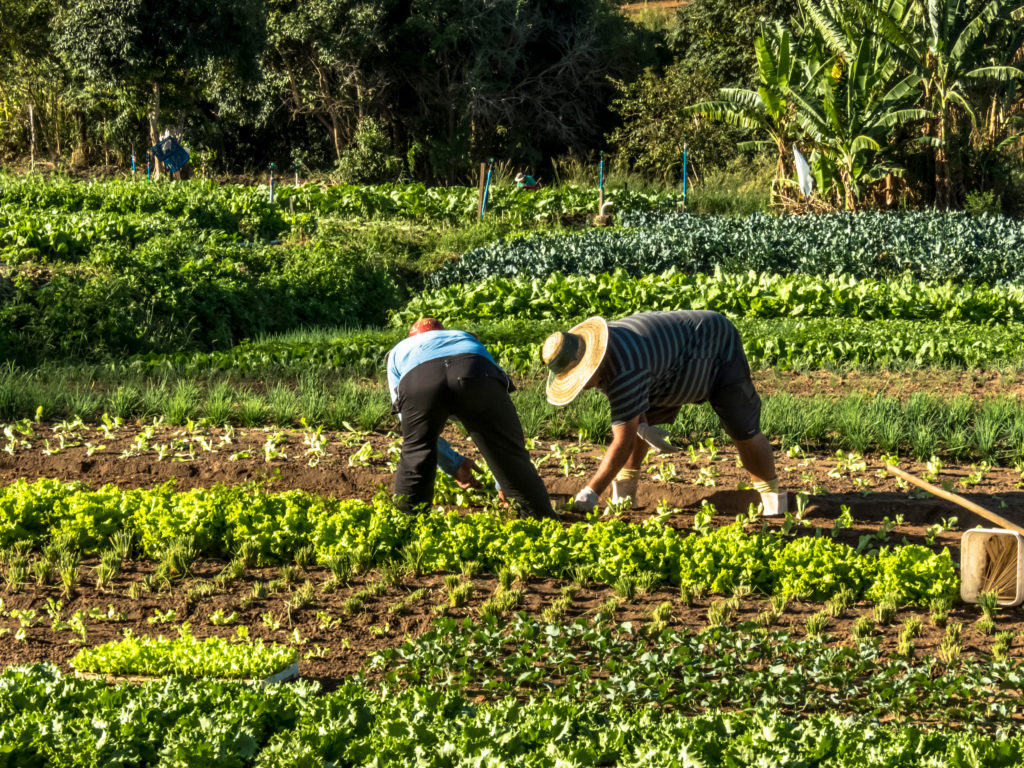Smallholder Farmers: What Firms Need to Know
The Basics
A smallholder farm in a developing country is usually a family-owned enterprise producing crops or livestock on two hectares or less. Many smallholders are not farmers by choice: they farm because they lack access to other economic opportunities. There are about 525 million smallholder farms worldwide: 388 million in Asia, 44 million in Europe and Russia, 33 million in Africa, and five million in the Americas.
Traditional Economies Meet New Technology
Smallholders work within traditional economic structures. However, increased access to technology and information is changing how they interact with markets. Smallholders still sell crops through traditional supply chains that involve village collectors, producer organizations and aggregators. They might also sell crops roadside. Yet they are also better connected to markets and market information due to the increasing use of cell phones.
Shifting Gender Roles
Smallholder farming is mainly a household business, so household dynamics impact decision making. Men make most of the major decisions around farming and crop marketing, especially for cash crops. Women more often manage food crops. However, women are becoming more active participants in farm decision making, as the number of female-headed farms rises. In some regions of Asia, women already head more than 20% of smallholder farms.
A Diverse Set of Challenges
The quality and productivity of smallholder farms varies widely based on factors like asset investment, fertilizer use and farm management skills. The productive assets of a smallholder farmer might range from a basic hand hoe to an expensive tractor. Fertilizer use is near zero in Africa and exceeds 500 kg per hectare in China. Farmers might lack knowledge of postharvest processing, or they might be capable of highly detailed processing. Literacy, including financial literacy, is generally poor in rural areas, but literacy rates differ dramatically across regions
- Reliance on unsustainable cultivation methods
- Limited access to markets
- Lack of organization and low-capacity cooperatives
- Lack of formal titles to land
- Poor access to credit through financial institutions
- Changing weather patterns and water scarcity
- An aging population
Smallholder farmers face many challenges that limit their inclusion in agribusiness supply chains. But there is a business case for working with them. Smallholders respond positively to opportunities that enable them to join global supply chains and contribute to food security, poverty reduction, and economic growth.



